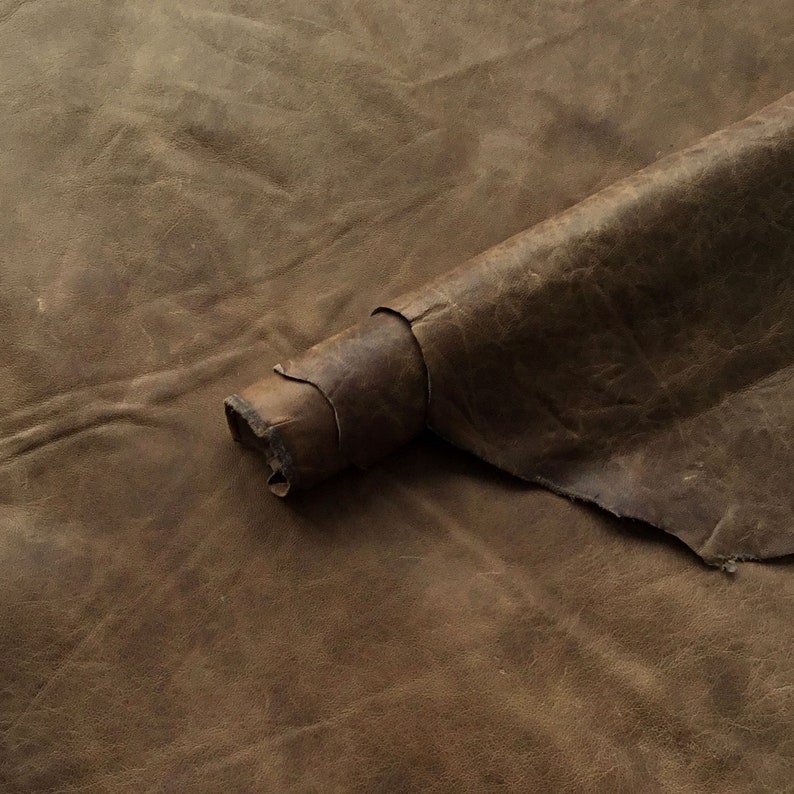

The life span of these skins was short because of alternating rains and sunshine.īut around the year 8000 BC, a deluge occurred creating a turmoil characterized by the appearance of seasons more pronounced than during the Upper Paleolithic. These hides were placed on branches and taken away during hunting periods.
#LEATHER HIDES FOR SALE IRELAND SKIN#
However, he got into the habit of taking the skin from the game he had just killed in order to use it as an umbrella or sunshade. 📷 Credit: National Geographic's Youtube ChannelĪt that time, the Neanderthal man had his body covered with hair and didn't need clothes.

The different natural characteristics and functions of leather Leather from the Renaissance to the Modern Age: a revolution in manufacturing techniques and uses.The leather industrialisation started as early as the Antiquity.Leather, one of the oldest human artifacts.The History of Leather: Back to its origins It's time to dive a little deeper into the history of this noble material: are you ready? Summary cowhide) as these are readily available and better suited to the needs of today's designers, producers and customers.įar from losing its popularity, leather is still the material of choice for many people, not only for commercial and private furnishings, but also for the automotive, aviation and marine industries. The current trend is for most upholstery leather to be derived from bovine hides (i.e. The hides and skins came from animals that were hunted or raised for food purposes. Only about 15% is used for furniture and the rest is processed into leather goods and other consumer products. Today, at least half of the leather produced is used for shoes and about a quarter for clothing. This process preserves the skin that would otherwise putrefy quickly.

Leather is made from the skin of any mammal, reptile, bird or fish through a process called tanning. Our most distant ancestors used skins to protect their bodies, hands and feet. Your leather gift is truly the circle of life.The leather industry is one of the oldest in the history of mankind. Lee River uses leather to make functional products, which will last for many years, before finally biodegrading at the end of its life cycle. No animal is killed only for its skin, rather animals destined for the food industry are almost exclusively the source of hides used for tanning. This tannery is a member of the Italian Vegetable Tanned Leather Consortium, adhering to ethical tanning processes.īecause the Irish climate allows for flexible moist leather, which is very suitable for high quality tanning, the hides are sourced in Ireland. Lee River Leather source the veg tanned hides from a tannery in Tuscany, who preserve their artisan age old methods by handing down the practice from father to son, while developing the antique recipes with state-of-the-art technology. This results in leather products whose character improves with age. This is the traditional way down through the centuries, using natural, organic plant tannins and oils extracted from trees. Simon only works with quality natural veg-tanned leathers using traditional techniques. Simon’s ethos is to create functional products that will last forever. Simon Harding has been working on leather since 1969 and he founded Lee River Leather Goods in 1985 in Cork City.


 0 kommentar(er)
0 kommentar(er)
